News
The Tesla Effect: Why EVs will take a big bite out of oil demand
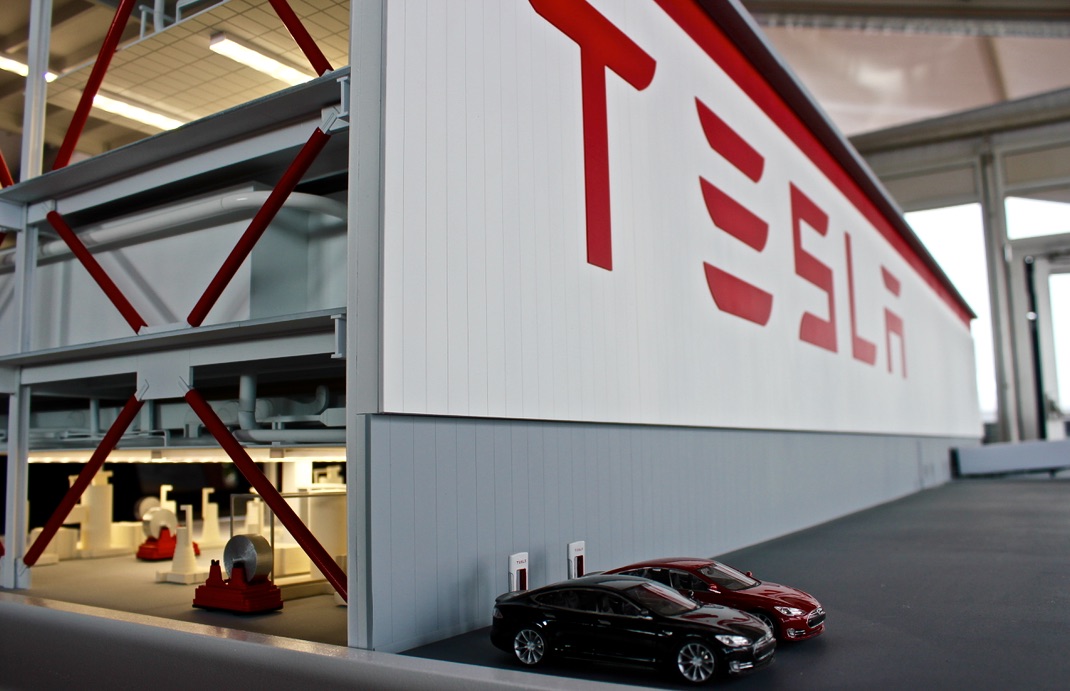
The newly defined “Tesla Effect” is producing remarkable consequences. Tesla electric vehicles (EVs) have changed the way that people all over the globe now think about transportation, the place of zero tailpipe emissions, and an accelerated agenda for sustainable energy. One “Tesla Effect” is that the International Energy Agency last month forecast that global gasoline demand has all but peaked because of more efficient cars and the spread of EVs.
Thank you, Tesla.
As a small Silicon Valley startup, Tesla Motors began with a line of luxury electric sports cars that could reliably produce more than 200 miles on a single charge. Due to the wide acclaim and demand it received for its cars, Tesla was able to repay a 2010 loan from the U.S. Department of Energy a full nine years early. Their manufacturing facility in California became the largest auto industry employer in California, and Tesla was soon spreading its mission around the globe. It has achieved success beyond any expectations — except that, perhaps, of CEO Elon Musk — and has prompted other major automakers to accelerate work on their own electric vehicles in order to maintain currency in the market.
And now, while EVs represent less than 1 percent of total vehicle sales, they are predicted to soar in popularity around 2025. That’s when many governments around the globe, including Athens, Madrid, Mexico City, and Paris, have pledged to phase out diesel vehicles in a battle against pollution. These promises, known as “intended nationally determined contributions,” will have significant consequences of their own over the decade that will follow. By 2035, EVs may remove 1 million to 2 million barrels a day of oil demand from the market.
“Anything that reduces the demand for transportation has an impact on the oil market,” Alan Gelder, vice president of refining, chemicals, and oils markets at Wood Mackenzie, said in an interview in London. “The question is how big is it going to be and what’s the time frame.”
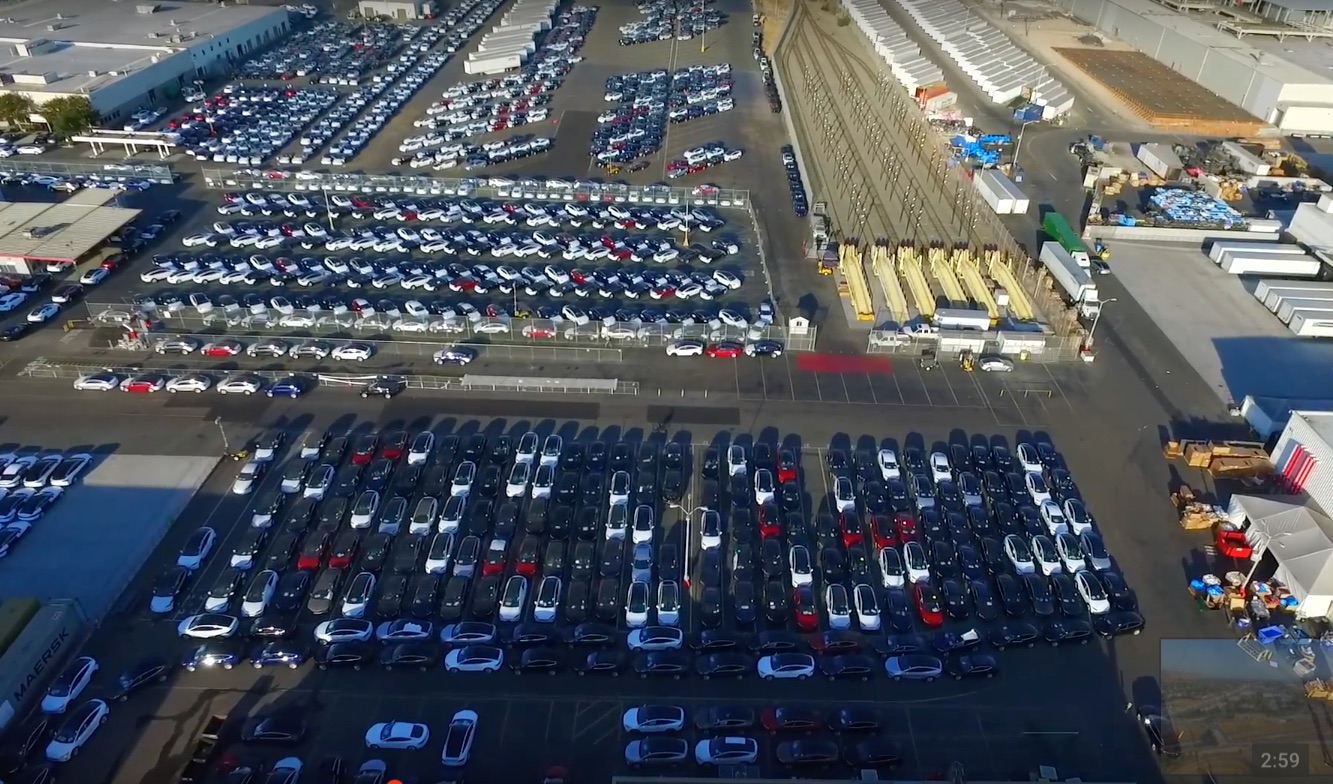
Model S and Model X vehicles off the production line seen via aerial drone shot of Tesla factory
Electric cars are displacing about 50,000 barrels a day of demand now, according to the oil industry consultant, Wood Mackenzie, which promotes itself to potential customers as “embedded in the industry, with more than four decades building relationships, improving performance and keeping you ahead of the competition.” To placate nervous clients, Wood Mackenzie says that it does expect total oil demand to keep growing for decades, driven by shipping, trucking, aviation, and petrochemical industries. That’s more conservative than Bloomberg New Energy Finance’s forecast for EVs to displace about 8 million barrels a day of demand by 2035.
Tesla alone won’t be able to supply enough EVs if demand really takes off, Gelder said. Major automakers including Volkswagen AG and Ford Motor Co. will need to produce them on a larger scale. “At the moment they can’t, and changing manufacturing lines takes time.”
Gelder continued his argument by stating that regulation and government subsidies alone won’t be enough to spark a boom in EVs. Consumers, he insisted, will need to believe that EVs are preferred for a variety of reasons. “If there’s a technology revolution, so battery technology gets cheaper and EVs don’t need a subsidy, then it comes down to consumer preference. If the consumers like something, it’ll switch far faster.”
If the global response to Tesla is any indication, EVs are not only here to stay: they’ll be the preferred individual mode of transportation of the future.

News
Tesla FSD (Supervised) v14.2.2 starts rolling out
The update focuses on smoother real-world performance, better obstacle awareness, and precise end-of-trip routing, among other improvements.
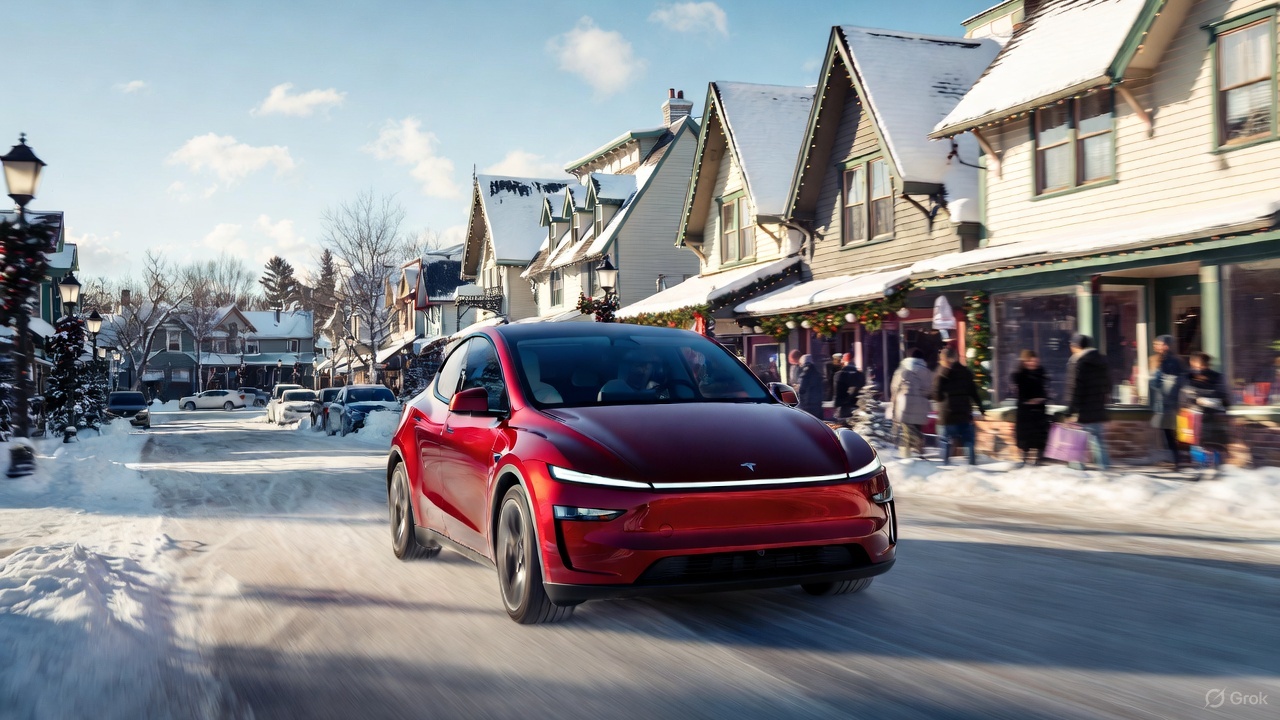
Tesla has started rolling out Full Self-Driving (Supervised) v14.2.2, bringing further refinements to its most advanced driver-assist system. The new FSD update focuses on smoother real-world performance, better obstacle awareness, and precise end-of-trip routing, among other improvements.
Key FSD v14.2.2 improvements
As noted by Not a Tesla App, FSD v14.2.2 upgrades the vision encoder neural network with higher resolution features, enhancing detection of emergency vehicles, road obstacles, and human gestures. New Arrival Options let users select preferred drop-off styles, such as Parking Lot, Street, Driveway, Parking Garage, or Curbside, with the navigation pin automatically adjusting to the user’s ideal spot for precision.
Other additions include pulling over for emergency vehicles, real-time vision-based detours for blocked roads, improved gate and debris handling, and extreme Speed Profiles for customized driving styles. Reliability gains cover fault recovery, residue alerts on the windshield, and automatic narrow-field camera washing for new 2026 Model Y units.
FSD v14.2.2 also boosts unprotected turns, lane changes, cut-ins, and school bus scenarios, among other things. Tesla also noted that users’ FSD statistics will be saved under Controls > Autopilot, which should help drivers easily view how much they are using FSD in their daily drives.
Key FSD v14.2.2 release notes
Full Self-Driving (Supervised) v14.2.2 includes:
- Upgraded the neural network vision encoder, leveraging higher resolution features to further improve scenarios like handling emergency vehicles, obstacles on the road, and human gestures.
- Added Arrival Options for you to select where FSD should park: in a Parking Lot, on the Street, in a Driveway, in a Parking Garage, or at the Curbside.
- Added handling to pull over or yield for emergency vehicles (e.g. police cars, fire trucks, ambulances).
- Added navigation and routing into the vision-based neural network for real-time handling of blocked roads and detours.
- Added additional Speed Profile to further customize driving style preference.
- Improved handling for static and dynamic gates.
- Improved offsetting for road debris (e.g. tires, tree branches, boxes).
- Improve handling of several scenarios, including unprotected turns, lane changes, vehicle cut-ins, and school buses.
- Improved FSD’s ability to manage system faults and recover smoothly from degraded operation for enhanced reliability.
- Added alerting for residue build-up on interior windshield that may impact front camera visibility. If affected, visit Service for cleaning!
- Added automatic narrow field washing to provide rapid and efficient front camera self-cleaning, and optimize aerodynamics wash at higher vehicle speed.
- Camera visibility can lead to increased attention monitoring sensitivity.
Upcoming Improvements:
- Overall smoothness and sentience.
- Parking spot selection and parking quality.
News
Tesla is not sparing any expense in ensuring the Cybercab is safe
Images shared by the longtime watcher showed 16 Cybercab prototypes parked near Giga Texas’ dedicated crash test facility.
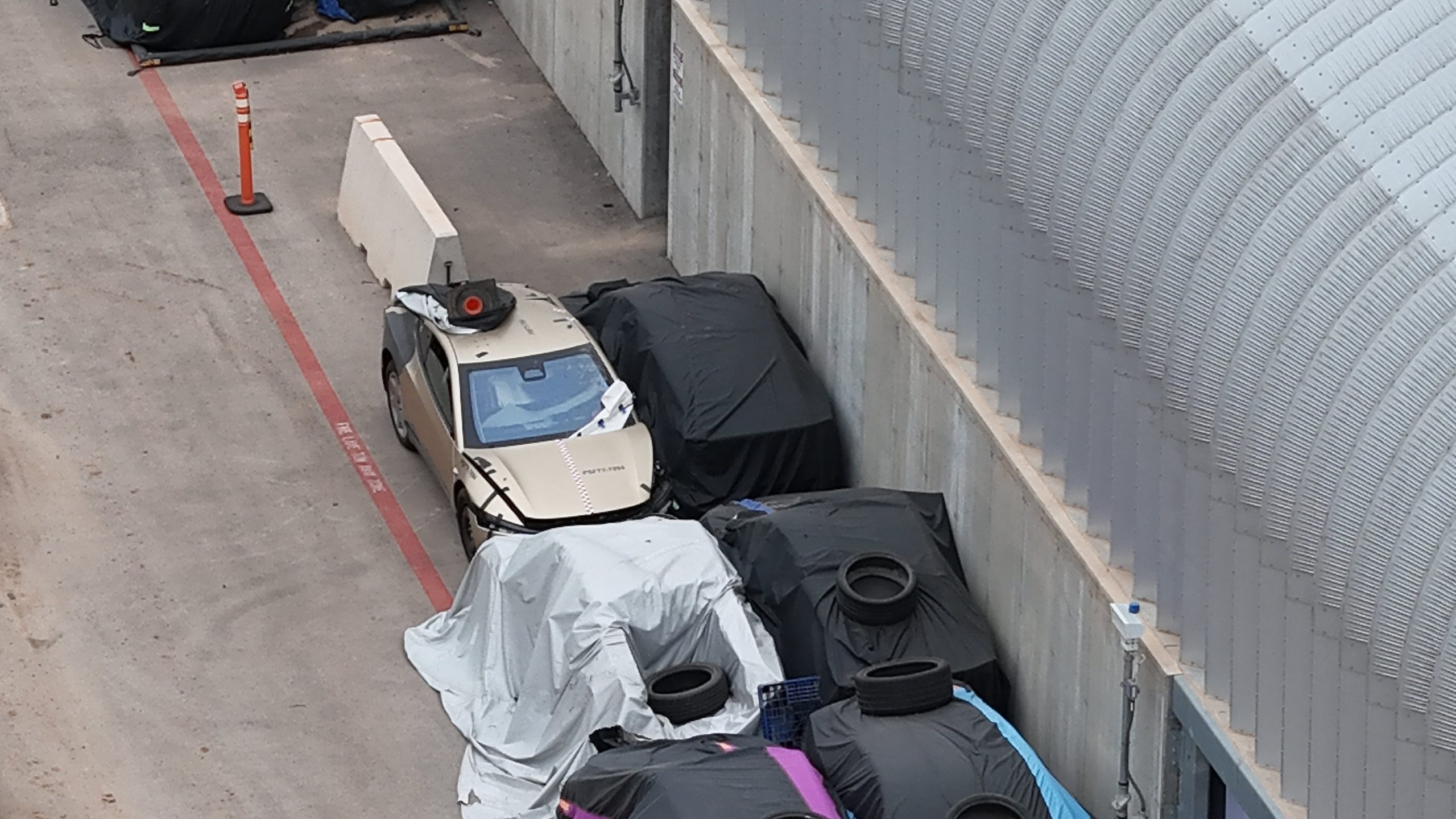
The Tesla Cybercab could very well be the safest taxi on the road when it is released and deployed for public use. This was, at least, hinted at by the intensive safety tests that Tesla seems to be putting the autonomous two-seater through at its Giga Texas crash test facility.
Intensive crash tests
As per recent images from longtime Giga Texas watcher and drone operator Joe Tegtmeyer, Tesla seems to be very busy crash testing Cybercab units. Images shared by the longtime watcher showed 16 Cybercab prototypes parked near Giga Texas’ dedicated crash test facility just before the holidays.
Tegtmeyer’s aerial photos showed the prototypes clustered outside the factory’s testing building. Some uncovered Cybercabs showed notable damage and one even had its airbags engaged. With Cybercab production expected to start in about 130 days, it appears that Tesla is very busy ensuring that its autonomous two-seater ends up becoming the safest taxi on public roads.
Prioritizing safety
With no human driver controls, the Cybercab demands exceptional active and passive safety systems to protect occupants in any scenario. Considering Tesla’s reputation, it is then understandable that the company seems to be sparing no expense in ensuring that the Cybercab is as safe as possible.
Tesla’s focus on safety was recently highlighted when the Cybertruck achieved a Top Safety Pick+ rating from the Insurance Institute for Highway Safety (IIHS). This was a notable victory for the Cybertruck as critics have long claimed that the vehicle will be one of, if not the, most unsafe truck on the road due to its appearance. The vehicle’s Top Safety Pick+ rating, if any, simply proved that Tesla never neglects to make its cars as safe as possible, and that definitely includes the Cybercab.
Elon Musk
Tesla’s Elon Musk gives timeframe for FSD’s release in UAE
Provided that Musk’s timeframe proves accurate, FSD would be able to start saturating the Middle East, starting with the UAE, next year.
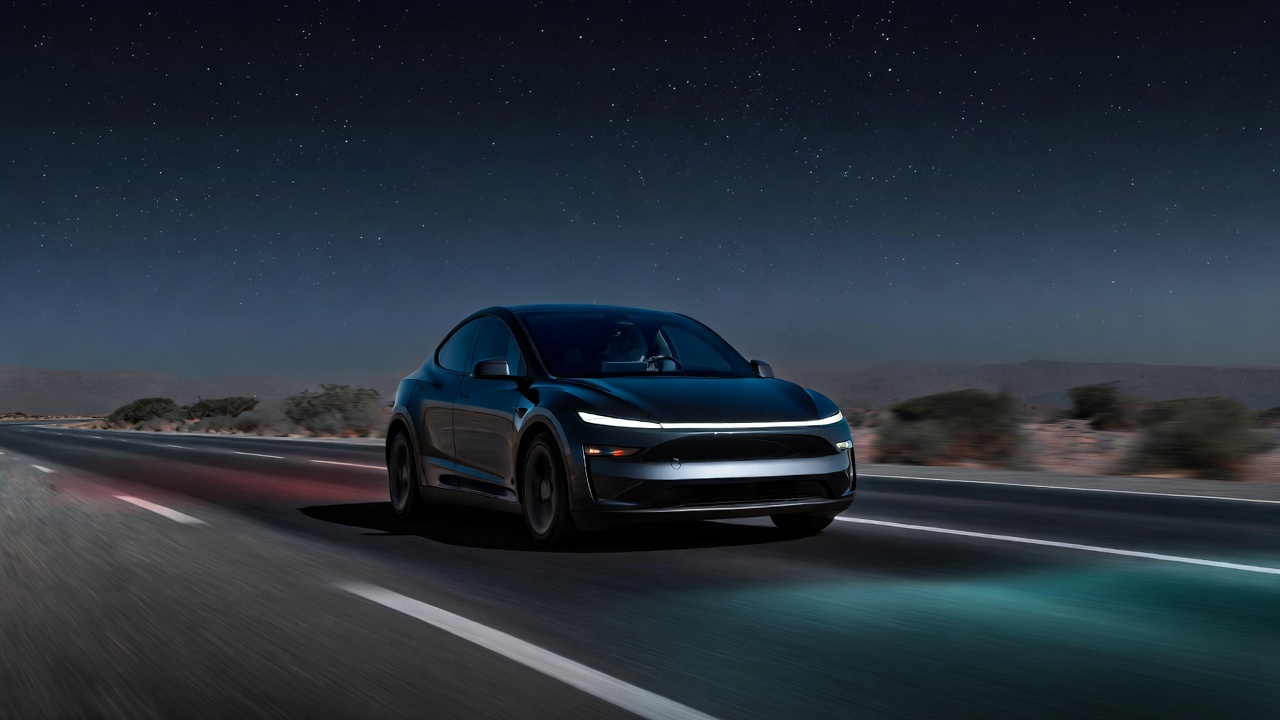
Tesla CEO Elon Musk stated on Monday that Full Self-Driving (Supervised) could launch in the United Arab Emirates (UAE) as soon as January 2026.
Provided that Musk’s timeframe proves accurate, FSD would be able to start saturating the Middle East, starting with the UAE, next year.
Musk’s estimate
In a post on X, UAE-based political analyst Ahmed Sharif Al Amiri asked Musk when FSD would arrive in the country, quoting an earlier post where the CEO encouraged users to try out FSD for themselves. Musk responded directly to the analyst’s inquiry.
“Hopefully, next month,” Musk wrote. The exchange attracted a lot of attention, with numerous X users sharing their excitement at the idea of FSD being brought to a new country. FSD (Supervised), after all, would likely allow hands-off highway driving, urban navigation, and parking under driver oversight in traffic-heavy cities such as Dubai and Abu Dhabi.
Musk’s comments about FSD’s arrival in the UAE were posted following his visit to the Middle Eastern country. Over the weekend, images were shared online of Musk meeting with UAE Defense Minister, Deputy Prime Minister, and Dubai Crown Prince HH Sheikh Hamdan bin Mohammed. Musk also posted a supportive message about the country, posting “UAE rocks!” on X.
FSD recognition
FSD has been getting quite a lot of support from foreign media outlets. FSD (Supervised) earned high marks from Germany’s largest car magazine, Auto Bild, during a test in Berlin’s challenging urban environment. The demonstration highlighted the system’s ability to handle dense traffic, construction sites, pedestrian crossings, and narrow streets with smooth, confident decision-making.
Journalist Robin Hornig was particularly struck by FSD’s superior perception and tireless attention, stating: “Tesla FSD Supervised sees more than I do. It doesn’t get distracted and never gets tired. I like to think I’m a good driver, but I can’t match this system’s all-around vision. It’s at its best when both work together: my experience and the Tesla’s constant attention.” Only one intervention was needed when the system misread a route, showcasing its maturity while relying on vision-only sensors and over-the-air learning.








